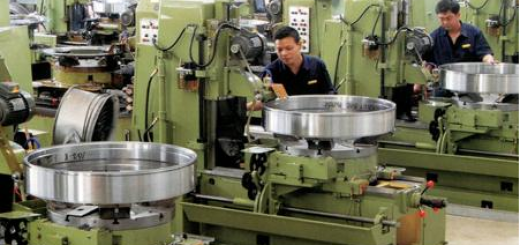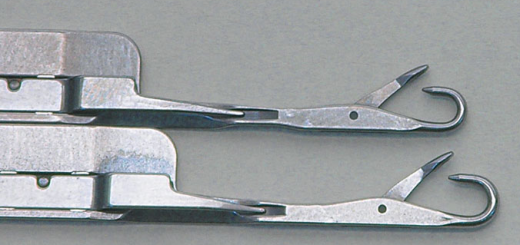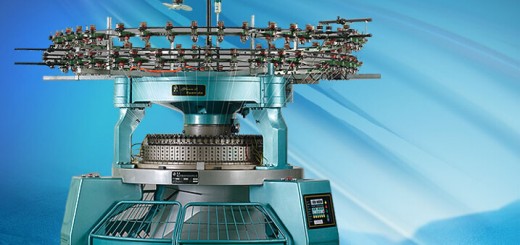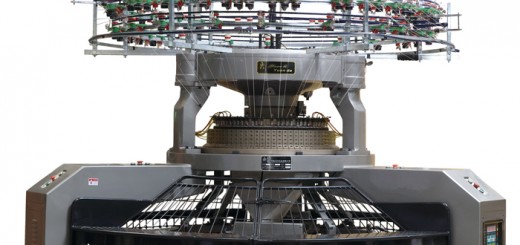The interlacement of warp and weft yarn in the alternative order forms the structure of plain cloth. Although all of the plain clothes have same design, adding some properties to the structure can modify the appearance of the plain cloth.
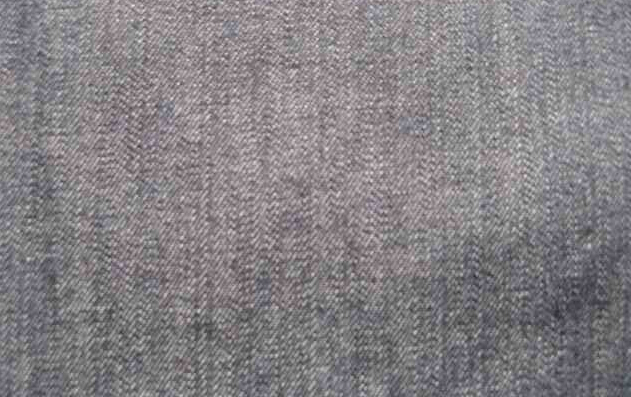
Classification of plain cloth: There are various types of plain fabric in the market. The structure differs from each other. The main factors which have great influence on plain cloth are Ends Per Inch (EPI) and Picks Per Inch (PPI).
Firstly, plain cloth is classified in to approximately square cloth, warp faced cloth and weft faced cloth.
1. Approximately square cloth: The same warp and weft count forms the fabric. EPI and PPI are the same. In the structure, warp and weft are equally or near prominent on both sides of the cloth. Cheese cloth, surgical cloth and tracing cloth are familiar approximately square plain cloth.
2. Warp faced cloth: Warp yarn whose quality is better than weft yarn form the fabric. Warp yarn has more prominence than weft yarn. Terylene, shirting, cotton poplin, cotton canvas are the most famous warp faced cloth.
3. Weft faced cloth: Prominence of weft yarn is more than that of warp yarn and weft yarn has higher quality than warp yarn. Cotton casement cloth is the most used weft faced cloth.
Secondly, plain cloth is classified into balanced cloth and unbalanced cloth, based on the balance of the cloth.
1.Balanced cloth: The cloth has the same content of warp and weft. EPI and PPI are also the same. The prominent of warp is equal to weft.
2.Unbalanced cloth: Varies of warp and weft count form this type of fabric. And the structure has same EPI and PPI
